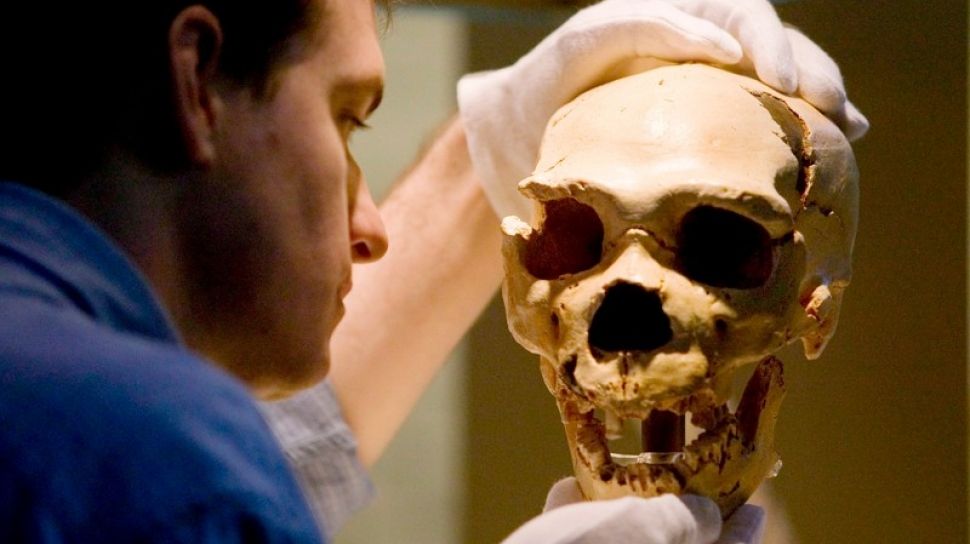Suara.com – For scientist trying to develop a sesame seed-sized brain made from a mixture of human and genes Neanderthal in the laboratory of the University of California, San Diego.
The question of how humans evolved to have such a large and complex brain has been a mystery to experts.
One way to find out is to compare the genes of modern humans, with the genes of Neanderthals (cousins of modern humans who became extinct about 37,000 years ago) in brain development.
Although scientists have found fossil remains of Neanderthals, experts have yet to find a preserved Neanderthal brain.
Also Read:
Scientists Detect Structures Hidden in Earth’s Core
Therefore, the research team developed “minibrains” in petri dishes.
Some brains grew using standard human genes and others were modified using the CRISPR gene-editing tool so that brain development genes were extracted from Neanderthal remains.
This is not the first time a cerebellum has been grown for research, but it is the first time scientists have cultivated a hybrid of a human organ with an early human cousin.
In particular, the researchers replaced the human NOVA1 gene in some stem cells used to grow minibrains with the NOVA1 gene synthesized from genetic remains in the bones of long-dead Neanderthals.
The NOVA1 gene itself plays a very important role in development the human brain.
Also Read:
This is what will happen if people are infected with two strains of Covid-19 at once
“The difference between a fully human brain and a human-Neanderthal hybrid was immediately apparent,” said Alysson Muotri, a neurologist at the University of California who led the study. Live Science, Monday (8/3/2021).
According to Muotri, human minibrains tend to be in the shape of smooth balls, like small marbles.
Meanwhile, Neanderthal brains were smaller and more irregular. The brain also takes longer to develop.
Further analysis revealed that the Neanderthals’ minibrains were more chaotic, in neural activity and produced a different set of proteins than the human brain.
Moutri and his team chose NOVA1 for the experiment because it plays a role in forming connections between nerves.
Because damage to this gene can lead to neurological disorders, it has made it a prime target of study for researchers hoping to understand the brain.
The Neanderthal NOVA1 gene is also relatively easy to synthesize. Only one letter in the genetic code is different from the human variant.
![Neanderthal Man. [Stephane De Sakutin/AFP]](https://media.suara.com/pictures/653x366/2021/03/08/36756-manusia-neanderthal.jpg)
Research published in the journal Nature This February 12, also reported that the difference suggests Neanderthal brains matured faster than human brains, making Neanderthals more capable at a younger age.
– .


